The International 5 is quickly approaching and the invite and qualifier criteria and predictions are on everyone’s minds. While Valve has maintained a tight lipped stance on the details surrounding their process of selection, a matter of speculation into the factors produces much discussion, debate and questions.
What we know and don’t know
Invites
KNOW: Every year, teams are invited directly to participate in The International. Through the years, the numbers of invites have been decreasing. The International 2 had 16 direct invites, the following year there were 13 and last year there were eleven directly invited teams.
DON’T KNOW: Not only do the number of invites remain a secret until the announcement, but which teams will be directly invited remains a mystery as well. Without specific criteria being released, only the top few teams can feel secure about their invite and placement. Many of the other teams are considered “borderline” between roster changes, recent performances and regional designations.
Qualifiers
KNOW: In TI2, there were no qualifiers into the event. In 2013 there were two teams that qualified, while in 2014 there were four teams. What has remained consistent is that there has been one team to represent each region that held qualifiers.
DON’T KNOW: The format of the qualifiers, how many teams will be allowed to participate, will they be invitational or open and if the qualifiers will take place online or through LAN.
Regions
KNOW:At the beginning, there were no designated regions teams were chosen or qualified from. For TI2, qualifiers represented West/East regions, while in TI4 the division of regions was: NA, China, SEA, EU.
DON’T KNOW While it is safe to assumed that the four regions NA, China, SEA and EU will be represented again this year, the number of teams representing each region is still unknown.
Roster Stability
KNOW: Roster stability has been a significant factor in determining invites. In TI4, team’s HEHE United last minute roster change cost them an invite to the qualifiers.
DON’T KNOW The impact of these factors for teams such as Virtus.Pro organization that had two teams, dissolved the first one and then made the second one their primary Dota 2 squad. Their player, Alexander “DkPhobos” Kucheria, left the team to be a part of Natus Vincere, then switched back to Virtus.Pro, creating a climate of instability for both Na’Vi, and VP.
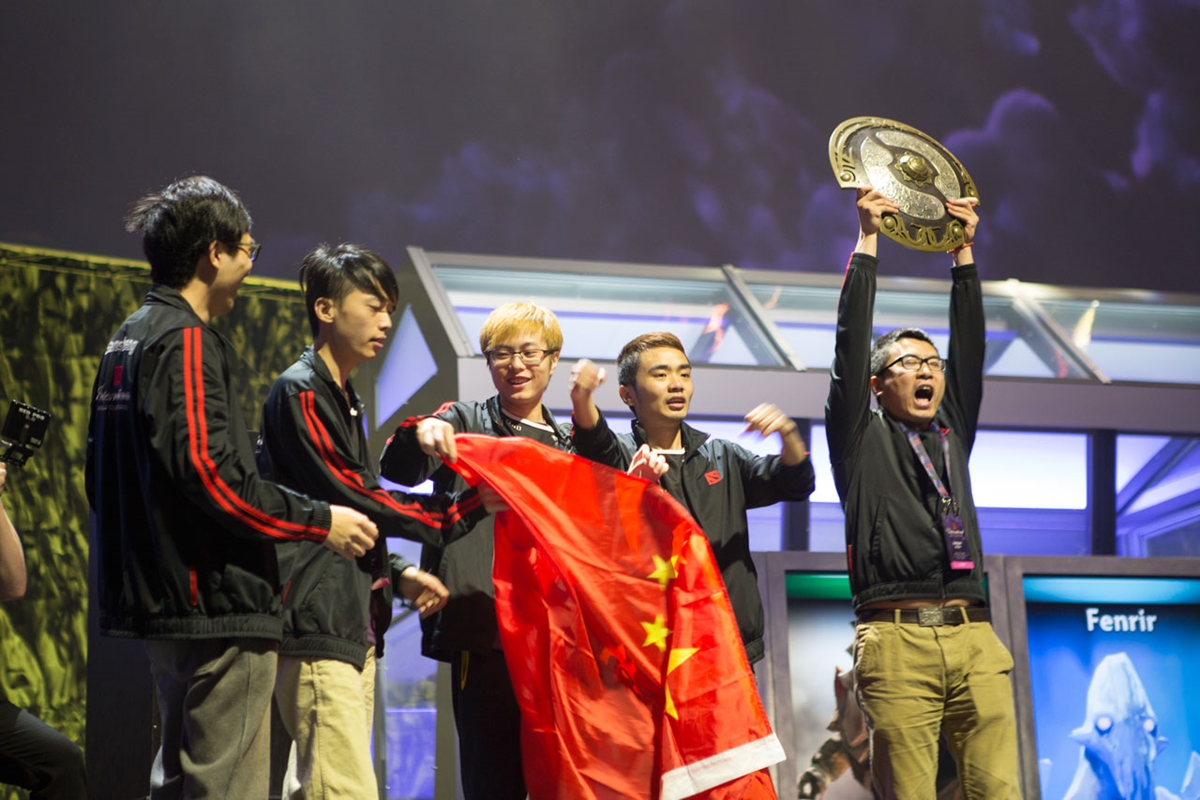
Newbee, TI4 champions
Recent Performances
KNOW: Major tournament games and standings are a dominant factor for invites. As the event is to be the pinnacle of all Dota 2 tournaments, the level of team performance must be of the best caliber only.
DON’T KNOW How far back is considered recent and which tournaments are considered and looked at. Do some tournaments weigh more heavily than others? Is there a formula to determine the value of each one?
The big debates
Performance History
While some teams seem to be clear cut into who should get a direct invited based on dominating or stable performances through most of the year, others appear to be more on the fence. Teams such as Alliance – who have had a few months of sub par performances and roster instabilities, followed by a finalized stable roster with stronger recent performances and qualifications into other LANs – is a clear example of one of these teams in the grey area. Even so, how far back would “recent” be considered, and what is the span of time that would be included in the formula?
All results from TI4 to TI5 invites should matter, not just the past 3 months of results in 2015.
— David GoDz Parker (@BTSGoDz) April 22, 2015
Cloud 9’s Jacky “Eternal Envy” Mao recently weighed in on The International invites and made a point of a possible solution to include “tiered qualifiers”. This would include various levels of invites based on the level of a team, how many games and which part of the qualifier they participate in. This would eliminate the possibility of lesser known teams getting lucky with a fluke game and knocking out a more deserving team in a best of one series, thus forcing newer teams and teams with shakier recent performances to play more to prove their worth.
Roster Stability
Roster shuffles and possible point circuits were debated for over 30 minutes in a recent in-depth discussion of The International invites and qualifiers, hosted by Johan “Sun_Tzu” Jarvinen, Sovann “Skim” Kim, Sam “wndwrt” Nordmark.
Last year for TI4, the debacle with Fnatic, Adrian “Era” Kryeziu, and Valve revealed how roster stability is, in fact, paramount. Following a meeting in 2012 with Valve, Toby “Tobiwan” Dawson said that the roster stability was of key importance specifically as it provides some certainty of a team’s performance and the quality of the matches. As roster changes are inevitable, much debate occurs as to whether it’s better for a team to change rosters based on internal conflict or performances, or be forced to keep stability for the sake of an invite.
@NahazDota @BTSGoDz what if all those results are being kept on the players? So after all those shuffles, some players still carry 2014 achs
— Milos Nedeljkovic (@Faceit_Mikey) April 22, 2015
@Faceit_Mikey @NahazDota that's realistically the best way to do it. Attach and look at the player's results for the past year.
— David GoDz Parker (@BTSGoDz) April 22, 2015
@BTSGoDz @Faceit_Mikey @NahazDota player rankings/points & culmination of team = total but makes hard 4 new or once retired 2 return 2 teams
— Pandora (@pandoradota2) April 22, 2015
Duncan “Thooorin” Shields, esports historian, discussed the possibility of adopting a point circuit system similar to the one used in Tennis, as an alternative to determine player and tournament worth. His specific rationale was in regards to over-saturation of tournaments and formalizing a system for players to be able to determine the worth of a particular tournament. Although the context was different, the idea still remains a possible valid solution.
Regional locks
In light of recent debates and discussion regarding region locks, team location and region representation is a contributing factor to consider. Can teams move to another location that is considered weaker, in order to gain a higher chance to be invited or qualify for that region? What is or would be the criteria for determining a team’s region?
If Tinker's allowed to play in TI5 America qualifier does that mean any team like NiP/Navi also can if they bootcamp for a month in the US?
— David GoDz Parker (@BTSGoDz) April 21, 2015
Should there even be regional divisions and determined sets of teams per region? If The International is a showcase of the best teams in the world, the climax of all performances and matches for the year, then shouldn’t it only feature the best teams? NA and SEA regions have been often identified as weaker regions compared to the top heavy EU and Chinese regions. While SEA region may have two teams that are performing well and seem strong, is it still fair for them to attend, while stronger counterparts in other regions are excluded because of a region limit?
Some may argue that by not giving certainty that each region is represented, it could stunt growth in that region or lead to an “international” tournament being almost exclusively a one region tournament.
The International 5
While only one thing is for sure, Valve will be releasing the invite and qualifier information in the near future. And while the criteria and the weight of various factors remains elusive, as the game continues to grow and develop, the criteria and the process will need to as well.
The International is the annual Dota 2 tournament hosted by Valve Corporation. The International made its debut in August 2011, with a total prize pool of $1.6 million.The event will take place at the KeyArena, a multi-purpose arena in Seattle, Washington, with a maximum capacity of over 17,000. Last year, the Dota 2 community contributed with a staggering $9,331,105 to the 1.6 million base prize pool, making the total prize pool of almost $11 million the largest in eSports history. The International titleholder is Chinese team Newbee.

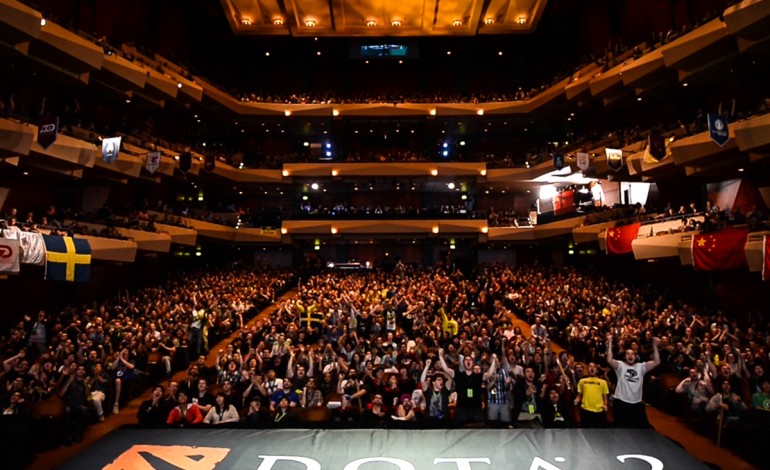
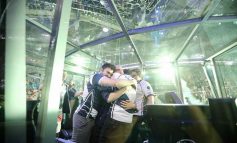
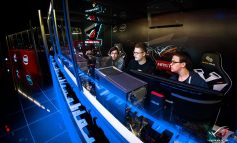
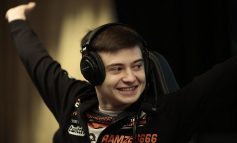
Leave a Reply